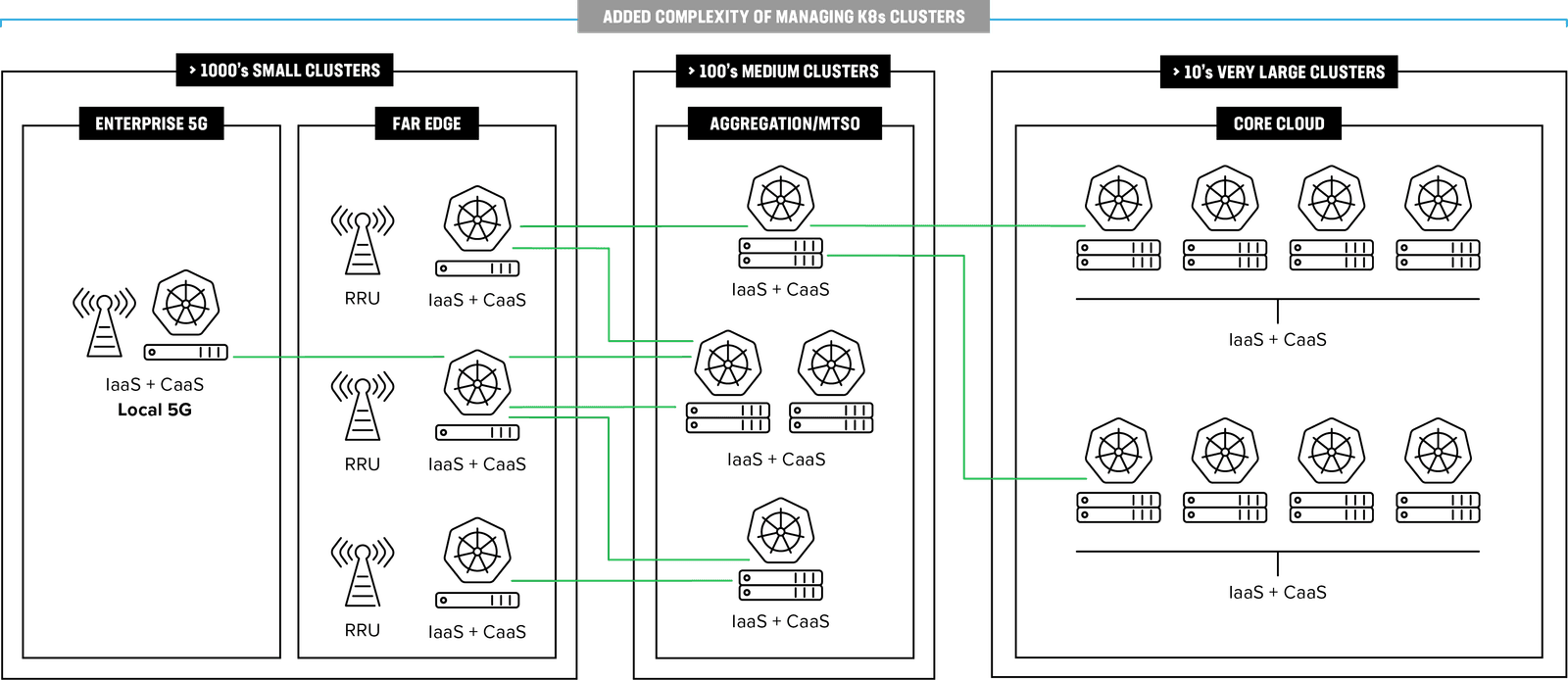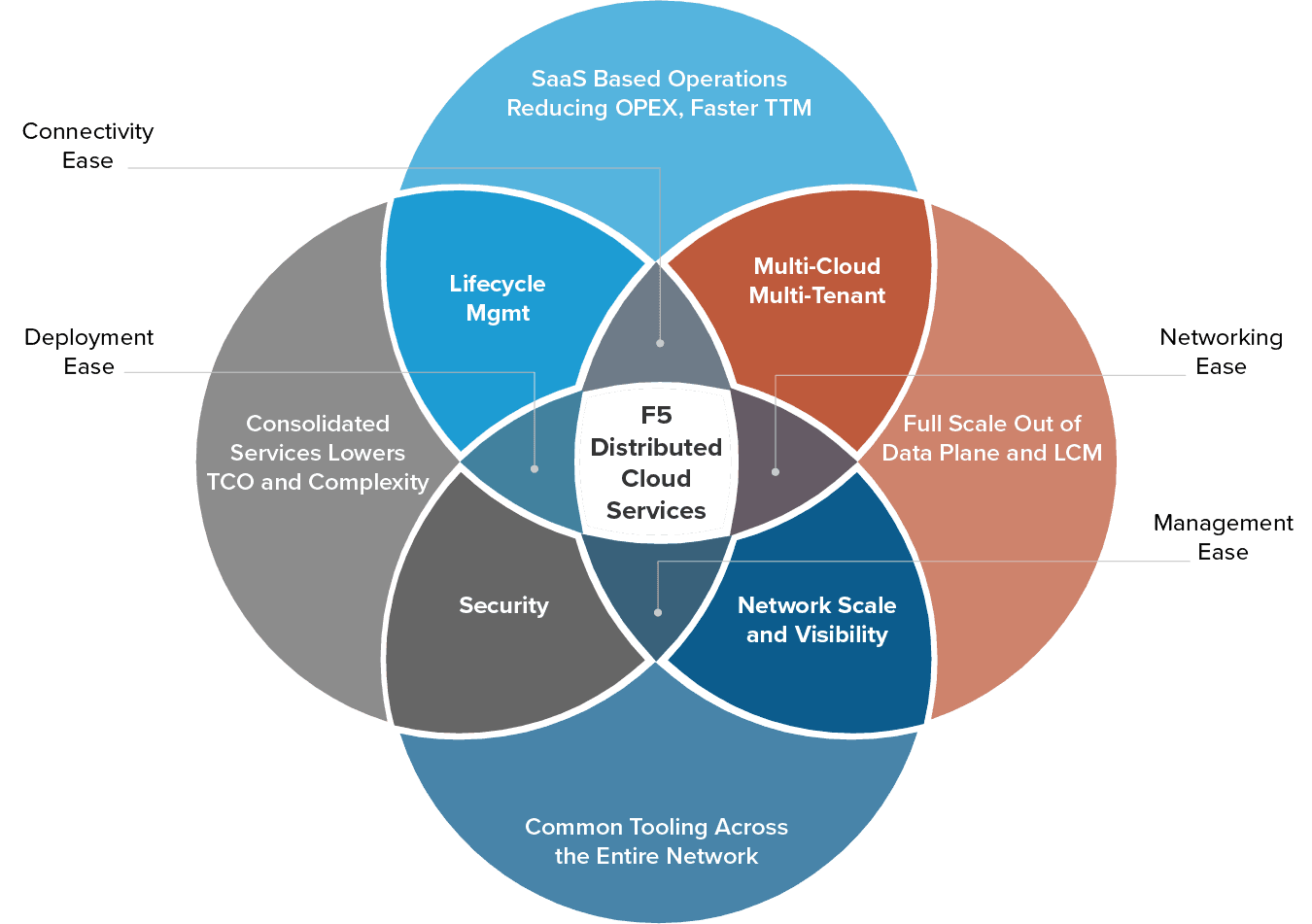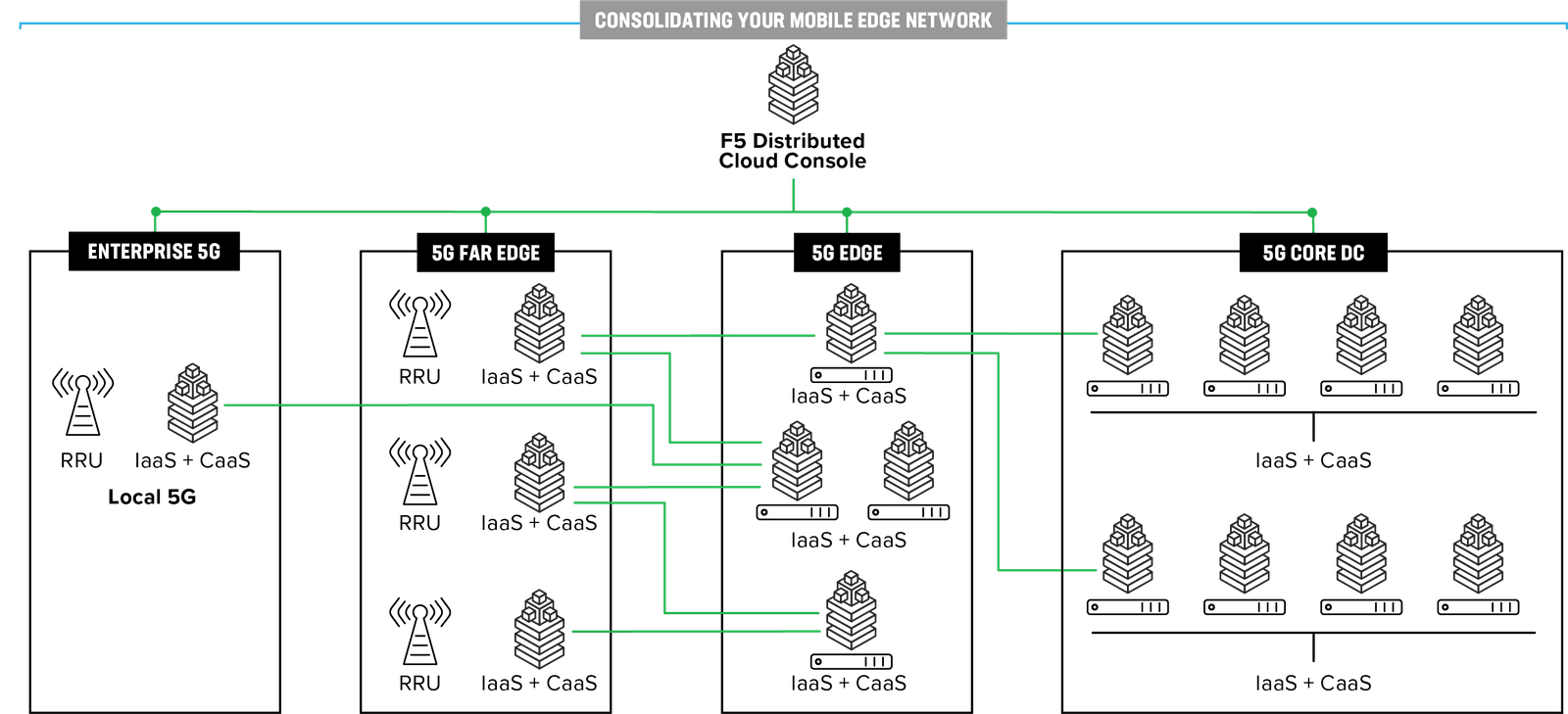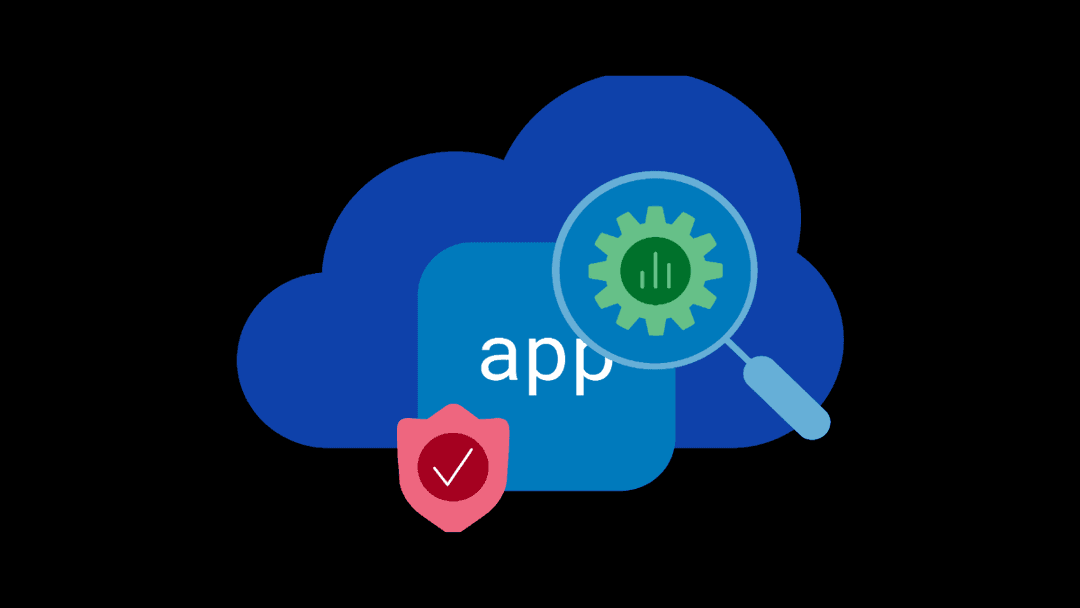Create Differentiated Business Services with the 5G Convergence of IT and Telco Clouds
As 5G deployments are becoming more widespread, an underlying question remains: How will you be able to monetize your investments? With industry convergence, the 5G business will be enterprise-led, with edge playing a significant role. Service providers will need modern edge strategies not only to attract different enterprise verticals, but also to deliver on the promise of 5G—increased bandwidth and lower latency close to end users. The edge endgame is somewhat in focus, but how will you get there? In an IDG report, 86% of service providers find that integrating an edge computing solution is extremely challenging. With the playing field being relatively level, what will be your key differentiator? How can you bring new service offers to market faster? How can you reduce your TCO and manage the increased complexity bought on by 5G’s distributed multi-cloud network? Let’s take a closer look...
Undergoing Digital Transformation – Convergence of IT and Telco Clouds
Let’s first look at digital transformation and how this will affect the ways your network can be monetized. Digital transformation is driven by a cloud-native, service-based architecture, which has brought about a paradigm shift that enables service providers to migrate from a vertical to a horizontal stack implementation. Migration to this approach enables you to avoid vendor lock-in, decrease complexity, and increase visibility within the network, as well as providing consistency across core, near edge, and far-edge sites.
Moving to this horizontal stack approach makes it possible to scale edge sites as needed for the enterprises they serve. Applications and functions can now be deployed in distributed data centers at the edge of the network, providing a platform for modern applications and services. Service providers can now transition from their existing networks to a hybrid, multi-cloud, and distributed ecosystem designed for agility and that enables edge cloud services to run at unlimited scale.

The new technological infrastructure required for 5G, edge computing, and hybrid multi-cloud is being driven by the convergence of telco, IT, and B2B systems. This represents a new computing model capable of transforming a wide range of industries, and creates the potential for transformative business services for industry verticals in a hybrid multi-cloud distributed ecosystem.
Four Key Challenges of the 5G Edge
Let’s examine some critical challenges that threaten the economics of multi-cloud and edge deployments as service providers gear up to enable greater business agility with the convergence of telco, IT, and B2B systems.
(1) With 5G’s distributed architecture comes the need to reduce the complexity of deploying, managing, and maintaining the lifecycle management of tens of thousands of Kubernetes clusters, including the proliferation of toolsets needed to manage them. Along with the scaling capabilities that 5G requires, service providers must now support both virtual network functions (VNFs) together with cloud-native functions (CNFs) as they transition from 4G to 5G. Having multiple VNF and CNF cloud stacks to support makes managing networks increasingly difficult. For instance, how do you manage KPIs and upgrades, monitor capacity, and move workloads or instantiate workloads at the edge?

(2) Some existing network implementations will have siloed Kubernetes environments, which are based on specific virtualized vertical stack implementations. The vertical stack approach makes it increasingly difficult to implement multiple digital services and support workloads that can be easily instantiated and managed (for instance, gaming, manufacturing, IoT, and fintech, to name a few). Having a network predicated on vertical stack implementations also reduces your network security since you now need to entrust that individual vendors are enabling their own Kubernetes encryption.
(3) Operating your network has now become much more complicated with multiple vendors bringing their operational systems into the mix, causing network operations costs to rise with each vendor. How do you maintain proper lifecycle management in a multi-vendor, multi-tenant network without affecting quality of experience (QoE) for end users? Most importantly, it is vital to maintain visibility into your network with a common toolset needed to manage and maintain the entire end-to-end network.
(4) The crucial part of a 5G network is the capability to scale as needed to re-allocate capacity from one application to another, along with the ability to accommodate enterprise edge use cases or applications. Scaling can only be successfully carried out if a common platform exists.
An in-depth overview of edge security threats can be found in the Service Provider Threat Landscape 2021
How to Best Monetize your Investments?
Having a single platform to build, stitch, secure, and scale your network from the core to the edge is crucial in minimizing the complexities of a multi-vendor, multi-cloud, and multi-tenant distributed network. Our F5 Distributed Cloud SaaS-based solution offers service providers a single platform to connect, secure, and observe applications deployed across multiple clouds. Having a centralized control plane with a full scale-out data plane enables you to implement enterprise applications with the click of a button.

Having a single platform to manage all your distributed applications from the core data center to the near edge, far-edge, and enterprise edge by offering Edge-as-a-Service (EaaS) is one critical aspect of monetizing your network. You can seamlessly connect and share workloads across distributed environments from multiple public and private cloud providers and the edge, bringing end users an unparalleled QoE while simplifying operations with a managed services offering. F5 Distributed Cloud Services offer your own private island enabling complete data privacy and data sovereignty.
Enabling management with operational visibility and control is vital in multi-cloud environments with multiple vendors and tenants. You’ll need to deploy, manage, and upgrade tens of thousands of Kubernetes clusters while ensuring consistent identity access, policy, and security across all the clusters. Scalability while supporting complete lifecycle management is crucial as network complexity increases. Distributed Cloud Services decrease OpEx, lower your time to market, and reduce network complexity by consolidating services and offering a single pane of glass to manage and control your network.
Distributed Cloud Services can create an IaaS or Containers-as-a-Service (CaaS), and can work on top of an existing IaaS. There is no need to rip and replace existing infrastructure, as Distributed Cloud Services can be retrofitted into existing architectures to enable integration with ease.
With the convergence of IT and telco clouds you can now offer EaaS as part of managed services offering to your enterprise customers to provide full visibility of all edge implementations—enabling you to fully monetize your investments while simplifying operations.

Conclusion
Implementation of 5G and edge computing needs to be simplified in terms of deployments and operations. With F5 Distributed Cloud Services, however, implementing EaaS does not need to be challenging or complex. Distributed Cloud Services provide end-to-end networking and application security services across distributed cloud environments, simplifying the deployment and operations of distributed apps. The ease of building, stitching, securing, and scaling your network with Distributed Cloud Services enables you to seamlessly adapt to telco and IT cloud convergence, extending your telco cloud to the enterprise edge to support broader industries and drive greater innovations.
About the Author
Related Blog Posts

SaaS-first strategies reshape cloud-native application delivery
F5 NGINXaaS empowers cloud and platform architects to unify operations, reduce complexity, and deliver exceptional digital experiences at scale.

F5 ADSP Partner Program streamlines adoption of F5 platform
The new F5 ADSP Partner Program creates a dynamic ecosystem that drives growth and success for our partners and customers.

Accelerate Kubernetes and AI workloads with F5 BIG-IP and AWS EKS
The F5 BIG-IP Next for Kubernetes software will soon be available in AWS Marketplace to accelerate managed Kubernetes performance on AWS EKS.
F5 NGINX Gateway Fabric is a certified solution for Red Hat OpenShift
F5 collaborates with Red Hat to deliver a solution that combines the high-performance app delivery of F5 NGINX with Red Hat OpenShift’s enterprise Kubernetes capabilities.
F5 Silverline Mitigates Record-Breaking DDoS Attacks
Malicious attacks are increasing in scale and complexity, threatening to overwhelm and breach the internal resources of businesses globally. Often, these attacks combine high-volume traffic with stealthy, low-and-slow, application-targeted attack techniques, powered by either automated botnets or human-driven tools.
Phishing Attacks Soar 220% During COVID-19 Peak as Cybercriminal Opportunism Intensifies
David Warburton, author of the F5 Labs 2020 Phishing and Fraud Report, describes how fraudsters are adapting to the pandemic and maps out the trends ahead in this video, with summary comments.